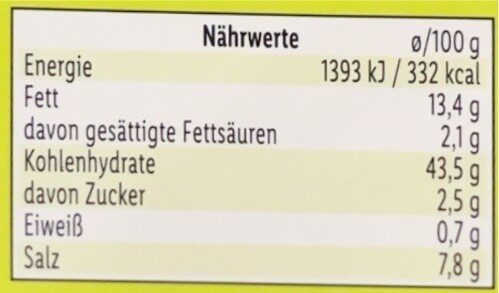Wasabi Paste - Vitasia - 43 g
This product page is not complete. You can help to complete it by editing it and adding more data from the photos we have, or by taking more photos using the app for Android or iPhone/iPad. Thank you!
×
Barcode: 4056489577942 (EAN / EAN-13)
Quantity: 43 g
Brands: Vitasia
Categories: Condiments, Sauces, Groceries, hu:Tormakrém
Manufacturing or processing places: Kína
Stores: Lidl
Matching with your preferences
Environment
Packaging
Transportation
Report a problem
Data sources
Product added on by prepperapp
Last edit of product page on by scanbot.
Product page also edited by kiliweb, openfoodfacts-contributors, roboto-app, theevcso, yuka.sY2b0xO6T85zoF3NwEKvlkl1XurSvhz8Cy7uo3eC5fTRM5fPZe4j3IXxKKs.
If the data is incomplete or incorrect, you can complete or correct it by editing this page.











